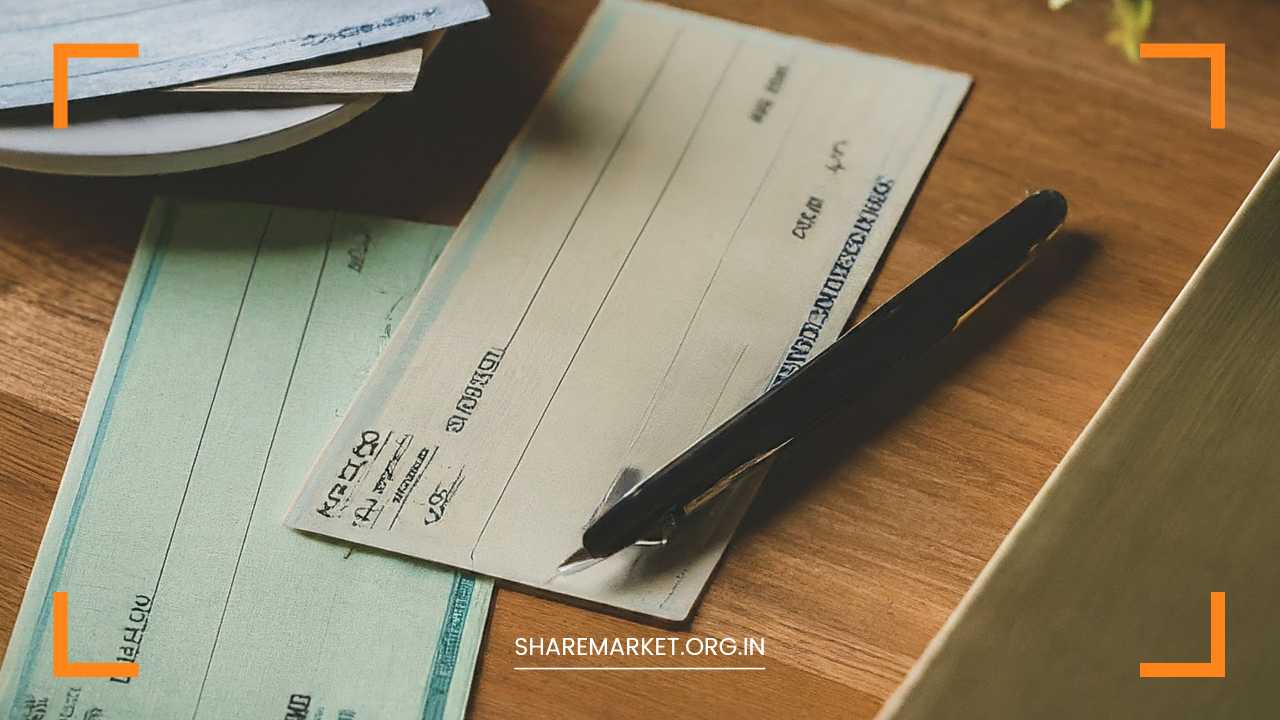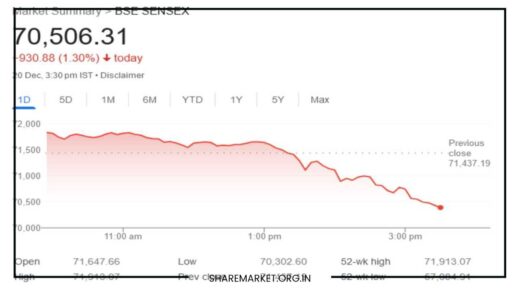Signed Cheque: Important Considerations for Signing Checks to Avoid Costly Mistakes

Signed Cheque
Signed Cheque: Important Considerations for Signing Checks to Avoid Costly Mistakes
In the digital age, where electronic payments and online banking have become ubiquitous, the traditional practice of issuing and accepting checks continues to be relevant, particularly for significant transactions.
Despite the convenience and efficiency of modern financial systems, checks remain a crucial instrument for transferring funds.
However, the process of issuing a check requires meticulous attention to detail to avoid potential pitfalls that could lead to substantial financial losses and complications.
A check is not merely a piece of paper; it represents a potent financial instrument. Therefore, it is essential to understand the nuances involved in issuing and managing checks to prevent misuse and errors that could have serious financial repercussions.
This comprehensive guide explores the critical considerations for signing checks, providing a detailed overview of best practices to ensure secure transactions and prevent costly mistakes.
Key Considerations Before Signing a Check
Account Balance Assurance
One of the most fundamental principles in check issuance is ensuring the availability of sufficient funds in your account. A check bounce, or the rejection of a check due to insufficient funds, has significant legal and financial implications. Under the Negotiable Instruments Act of 1881, issuing a check with insufficient funds is considered a financial misdemeanor. This can result in penalties, legal action, and even imprisonment.
To avoid such complications, it is crucial to regularly monitor your account balance. Use online banking tools or mobile apps to keep track of your account’s available funds. Ensure that you have adequate funds before issuing a check to cover both the check amount and any potential bank fees. Maintaining a buffer in your account can help prevent accidental overdrafts.
Accuracy in Date Selection
The date on a check plays a critical role in its validity and processing. It indicates the specific day on which the check is issued and serves as a reference point for cashing or depositing the check. An incorrect date can result in the check being rejected by the bank or cause confusion if the check is presented for payment after an extended period.
To avoid issues related to date accuracy:
- Ensure you enter the correct date when writing the check.
- Avoid post-dating or pre-dating checks unless specifically required and permitted. Banks generally prefer checks to be dated the day they are issued.
- Maintain accurate financial records that correspond with the dates of issued checks to avoid discrepancies.
Name Clarity
The clarity and accuracy of the recipient’s name on a check are of paramount importance. An incorrect or illegible name can lead to delays or rejection of the check. The recipient’s name must match their identification to facilitate smooth processing and prevent fraud.
To ensure name clarity:
- Write the recipient’s name clearly and accurately, using block letters if necessary.
- Double-check the spelling of the name before finalizing the check.
- Ensure that the name on the check matches the name on the recipient’s bank account to avoid complications during the clearing process.
Consistent Signature Practices
A consistent and accurate signature is crucial when issuing checks. Your signature should match the one on file with your bank. Deviations or inconsistencies in signature style can lead to confusion and potential rejection of the check.
To maintain consistent signature practices:
- Use the same signature for all checks as registered with your bank.
- Avoid altering your signature style, even if you are signing for multiple banks.
- Regularly review your signature to ensure it matches your bank records and remains legible.
Ink Choice for Tamper-Resistance
The choice of ink used in writing checks can impact their security. Using permanent ink helps protect against tampering and alterations. Non-permanent inks, such as those used in ballpoint pens, can be more susceptible to erasure and fraudulent modifications.
For enhanced security:
- Use a permanent ink pen to write checks.
- Avoid using erasable pens or inks that can be easily altered.
- Ensure that the ink used does not smudge or blur, which could affect the legibility of the check.
Prudent Spacing of Words and Figures
When drafting a check, attention to the spacing between words and figures is essential. Excessive spacing can create opportunities for tampering, allowing unauthorized individuals to modify the check amount or recipient details.
To prevent tampering:
- Write the check amount and recipient details without leaving excessive spaces.
- Ensure that the amount written in words matches the amount written in figures.
- Use a consistent and clear format for writing amounts and names to avoid discrepancies.
Avoid Blank Checks
Issuing blank checks can expose you to significant risks, as blank checks are vulnerable to misuse. Unscrupulous individuals can fill in arbitrary amounts and use the check fraudulently, leading to potential financial loss.
To mitigate this risk:
- Complete all fields on the check before issuing it.
- Avoid issuing blank or incomplete checks, even to trusted individuals.
- Regularly review and reconcile your check records to ensure that all issued checks are accounted for.
Documentation of Check Details
Maintaining comprehensive records of check details is crucial for tracking and managing your financial transactions. Detailed documentation helps in monitoring issued checks, detecting discrepancies, and facilitating cancellations if necessary.
To keep accurate records:
- Record the check number, account name, amount, and date of issuance.
- Use a ledger or digital system to track issued checks and their status.
- Regularly review and update your check records to ensure accuracy and completeness.
Preventing Check Fraud and Misuse
Secure Storage of Blank Checks
Proper storage of blank checks is essential in preventing unauthorized access and potential fraud. Secure storage helps protect your checks from theft or misuse.
To ensure secure storage:
- Keep blank checks in a locked drawer, safe, or secure location.
- Limit access to blank checks to authorized individuals only.
- Regularly review your check storage practices to ensure that they meet security standards.
Regular Account Monitoring
Frequent monitoring of your bank account helps in identifying unusual or unauthorized transactions promptly. By keeping a close watch on your account activity, you can detect and address potential issues before they escalate.
To monitor your account effectively:
- Review account statements and transaction history regularly.
- Set up account alerts for large transactions, changes, or suspicious activity.
- Address any discrepancies or unauthorized transactions with your bank immediately.
Fraud Detection Features
Many banks offer fraud detection features and alerts that can enhance your account security. These features help in monitoring account activity and protecting against unauthorized transactions.
To leverage fraud detection features:
- Enable alerts for significant transactions, account changes, or suspicious activities.
- Utilize fraud detection tools provided by your bank to monitor account security.
- Regularly update your contact information to ensure you receive timely notifications.
Educating Yourself on Fraud Prevention
Staying informed about common check fraud schemes and prevention strategies is crucial for protecting yourself from financial loss. Knowledge about how fraudsters operate and the measures you can take helps reduce the risk of falling victim to fraud.
To stay informed:
- Research common check fraud schemes and prevention tips from reliable sources.
- Attend financial literacy workshops or webinars focusing on fraud prevention.
- Consult with your bank or financial advisor for additional guidance on protecting yourself from fraud.
Additional Considerations for Safe Check Issuance
Understanding Check Types
Different types of checks, such as personal checks, cashier’s checks, and certified checks, serve various purposes and offer different levels of security. Understanding these types can help you choose the most appropriate method for your transactions.
- Personal Checks: Issued from your own checking account, these are commonly used for everyday transactions but may require additional precautions to prevent fraud.
- Cashier’s Checks: Issued by a bank, these checks are guaranteed by the bank’s funds and are often used for large transactions or when a higher level of security is needed.
- Certified Checks: Personal checks guaranteed by the bank to have sufficient funds. They provide added security for both the issuer and recipient.
Handling Stale-Dated Checks
A stale-dated check is one that is presented for payment after a long period from its issue date, typically six months or more. Such checks may be rejected by banks or require additional verification.
To handle stale-dated checks:
- Regularly follow up on outstanding checks and encourage recipients to deposit or cash them promptly.
- If you need to reissue a check, contact the recipient and issue a new check with the current date.
- Consult with your bank for policies regarding stale-dated checks and any required procedures.
Addressing Post-Issuance Issues
If issues arise after issuing a check, such as errors or disputes, prompt action is necessary to resolve them.
To address post-issuance issues:
- Contact your bank immediately if you suspect that a check has been lost or stolen.
- Follow bank procedures for stopping payment or canceling a check if needed.
- Communicate with the check recipient to resolve any discrepancies or issues related to the check.
Final Remarks
The practice of issuing and managing checks remains a trusted and vital method of financial transaction even in the modern digital era. However, the process requires careful attention to detail to ensure security and prevent potential pitfalls.
By following essential guidelines—such as confirming sufficient account balance, accurately dating the check, ensuring clarity in the recipient’s name, maintaining consistent signatures, choosing tamper-resistant ink, being cautious with spacing, avoiding blank checks, and thoroughly documenting check details—you can navigate the check issuance process effectively.
In addition to these guidelines, adopting practices such as secure storage of checks, regular account monitoring, utilizing fraud detection features, and educating yourself about fraud prevention further enhances your ability to safeguard your financial transactions.
By incorporating these strategies into your financial management routine, you can protect yourself from financial loss and ensure that checks remain a reliable and secure payment method.
As the financial landscape continues to evolve, maintaining diligence and caution in every transaction involving checks will help you navigate this venerable financial instrument with confidence.

















